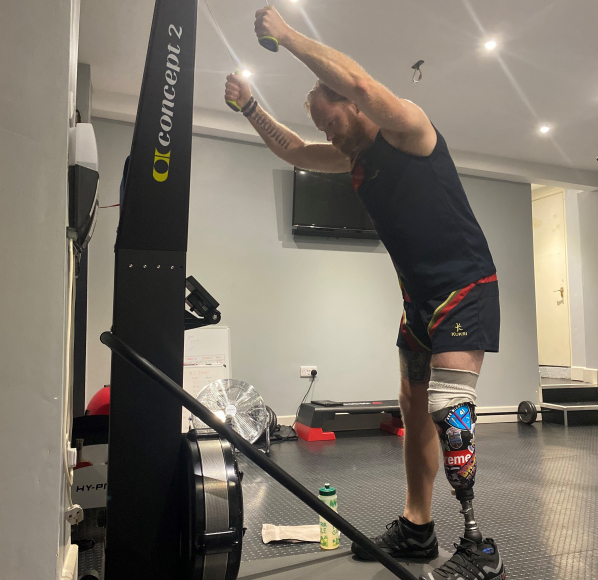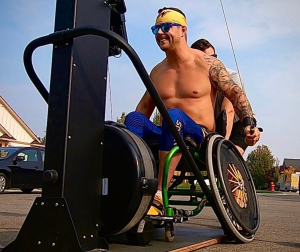 Ray Lowrie (@amputee_rower1664)
Ray Lowrie (@amputee_rower1664)
We’re excited to announce that we've updated our adaptive categories for the SkiErg, aligning them more closely with Para Nordic Skiing classifications.
When we first established adaptive SkiErg categories, they were based on the existing adaptive rowing categories. To transition to our new categories, Concept2 will NOT try and guess an athlete’s new classification based on their existing rowing adaptive category. Instead, we’re asking athletes to help us with this by editing their Online Logbook profile. For SkiErg Sprints 2020 (and onwards) we will use the new adaptive categories and users will be prompted to edit their profiles. Existing SkiErg Sprints results will not be affected.
In the results for SkiErg Sprints 2020, athletes will be grouped overall in the main categories of Standing, Seated, and Visually Impaired. There will also be a column listing their exact category.
The new categories are as follows, along with the abbreviations we will use in our Online Logbook and Ranking:
Standing
- STA1: Standing Upper Impairment one arm only – Skiers stand to ski on two legs, despite upper body impairment that may include muscle weakness, or amputation/prostheses. Athletes have use of one arm only.
- STA2: Standing Upper Impairment – Same as above, but athletes can use both arms.
- STAL: Standing Lower Impairment - Skiers stand to ski on two feet, despite lower body impairment that may include muscle weakness, or amputation/prostheses in one or both legs.
- STAN: Standing Neurological Impairment (such as Cerebral Palsy)
- STAI: Standing Intellectual Impairment (Intellectually Disabled)
- STAD: Genetic Dwarfism (Note: Dwarfism doesn’t classify as an eligible impairment in Nordic Skiing, but Concept2 supports it.)
Seated (athletes who ski from a seated position)
- SIT1: Seated with full core function – Athletes who have functional use of the trunk and arms, and minimal or no use of their legs.
- SIT2: Seated with partial core function – Athletes have limited trunk control, typically due to lower spinal cord injury.
- SIT3: Seated with no core function - Athletes who have minimal or no trunk function.
 Jedidiah Snelson in his ‘outdoor’ home gym. (@jedidiahsnelson)
Jedidiah Snelson in his ‘outdoor’ home gym. (@jedidiahsnelson)
VI: Visually Impaired Athletes who have functional use of their legs, trunk and arms. They are able to use the SkiErg from a standing position. These athletes are blind or visually impaired.
Our ongoing Ranking has already switched to the new system.
We’ll also now start to keep adaptive SkiErg records for all age groups and events. These records will start in November 2020.
In order to have your adaptive record accepted, you either need a proof of sport category certification from an international or national governing body for para skiing or a Physician's Sport Category Form. This can be obtained from the Records Requirements page. For questions about classification, please contact Alexis Demars at Concept2 (alexisd@concept2.com or call 800.245.5676 ext. 3086 in the US/Canada).
We look forward to establishing these categories and building participation by adaptive athletes!